2024 FDA/MDIC Symposium on Computational Modeling and Simulation Presentations
ASME VVUQ 40 Training
Description
A review of the risk-informed credibility assessment framework will be provided, highlighting the concepts of context of use, model risk, and model credibility. Several case studies will be used to illustrate how these concepts can be applied in practice in support of medical device development.
FDA CM&S Credibility Guidance Training
Description
This session will provide an overview of the recently published FDA Guidance “Assessing the Credibility of Computational Modeling and Simulation in Medical Device Submissions”. The guidance is closely related to ASME V&V40 and provides a general framework for risk-informed credibility assessment of computational modeling. It is applicable to any physics-based or mechanistic (i.e., first principles-based) computational model, and any medical device regulatory application of these models.
FDA CM&S Reporting Guidance Training
Description
Recommendations for reporting CM&S evidence will be reviewed from two FDA guidance documents, “Reporting of Computational Modeling Studies in Medical Device Submissions” (2016) and “Assessing the Credibility of Computational Modeling and Simulation in Medical Device Submissions” (2023). Examples will be provided to illustrate reporting of model implementation details, model credibility activities, and model results.
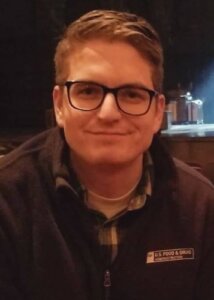
Using CM&S to Guide Clinical Decision Making – Why Should Clinicians Trust Us?
Description
As modelers, we are used to building trust in our simulations and we appreciate the strengths and limitations of our models. However, when the goal of CM&S is to advance clinical practice, building trust among clinicians and simulation experts through close collaboration and shared decision-making is just as important. Moreover, to establish whether the model helps achieve a specific clinical goal, the modeler must show that the simulation outputs corroborate both clinical observations and controlled physical experiments. Finally, simulation outputs must be linked with high quality clinical outcomes on the specific patient population of interest. The guest speakers will describe their experiences working closely with clinicians over the last decade utilizing CM&S in both clinical and translational research and product development at a major orthopaedics hospital.


Speakers
- Carl Imhauser, Hospital for Special Surgery, Associate Scientist
- Fernando Quevedo Gonzalez, Weill Cornell Medicine, Assistant Scientist, Hospital for Special Surgery; Assistant Professor of Applied Biomechanics in Orthopaedic Surgery
Clinical Use of 3D Modeling and Simulation for Preoperative Planning and Intraoperative Guidance in Pediatric Cardiac Surgery
Description
In this talk I will show how we are using 3D modeling, virtual surgery, and computational fluid dynamics analysis to model the anatomy and physiology of patients with complex congenital heart disease. Using these clinical workflows, we are planning reconstructive operations with great precision. I will also describe how the 3D models and planned patches are being utilized in the OR for intraoperative guidance.
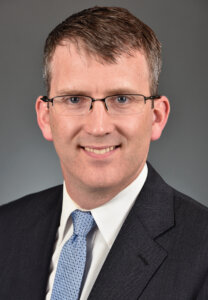
Panel Discussion: Credibility Assessment Case Studies
Description
In this interactive panel discussion, we will apply the ASME V&V 40 risk-informed credibility assessment framework to two case studies. For each case study, we will characterize the model risk, present possible strategies for demonstrating model credibility, explore the potential adequacy of the credibility evidence, and discuss the practical feasibility of acquiring such evidence. This session will be informative for both CM&S experts and non-experts in better understanding the practical application of ASME V&V 40.


Moderators
- Paul Briant, Exponent, Mechanical Engineering Practice Director
- Mark Driscoll, McGill University, Associate Professor of Mechanical Engineering

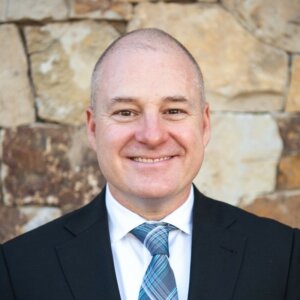

Panelist
- Finn Donaldson, FDA, Team Lead, Peripheral Interventional Devices Team
- Brandon Lurie, W.L. Gore & Associates, Modeling and Simulation Engineer
- Prasanna Hariharan, Division of Applied Mechanics, Office of Science and Engineering Laboratories, CDRH, FDA, Deputy Director
Presentation
FDA Perspective on Software as a Medical Device
Description
In this talk I will discuss FDA’s perspective on Software as a Medical Device (SaMD). I will introduce SaMDs, discuss when computer modeling becomes a SaMD, and describe our ongoing efforts to shape standards and safeguard SaMD development and integration in healthcare delivery.

Speaker
- Vinay Pai, Digital Health Center of Excellence, CDRH, FDA, Digital Health Specialist
Presentation
Panel Discussion: Opportunities & Challenges for CM&S of Medical Devices
Description
A panel of CM&S leaders from the medical device industry will discuss the opportunities of CM&S in bringing medical devices to the market faster, making them cheaper and more effective, and the associated challenges.
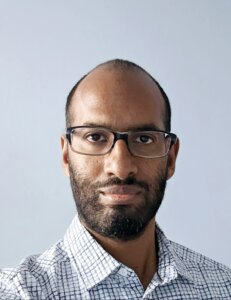

Moderators
- Cheryl Liu, Stryker, Supervising Senior Principal Engineer
- Pras Pathmanathan, US Food and Drug Administration, Scientist
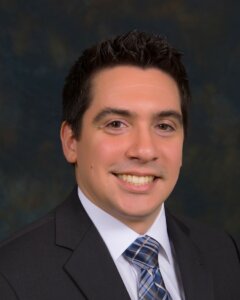
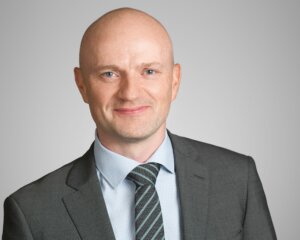

Panelist
- Christopher Basciano, BD, Senior Manager
- Cahal McVeigh, Medtronic, Research Director & Technical Fellow
- Philippe Favre, Zimmer Biomet, Research Associate Director
Presentation
Panel Discussion: Model Credibility Considerations for Different Stages of the TPLC
Description
Our distinguished panel of experts will share real-world experiences, best practices, and perspectives, providing attendees with actionable takeaways to navigate the nuanced realm of model credibility at different phases of the product lifecycle. Whether you are a subject matter expert or a business decision maker, this discussion promises to illuminate the path towards understanding the value of building and sustaining trustworthy models in an ever-evolving digital ecosystem. Some of the questions we’ll explore include:
- How do stakeholder expectations shift from product inception to maturity?
- Is a lower-credibility model better than no model at all?
- How has ASME V&V40 and FDA guidance been incorporated into the quality management system of various organizations?
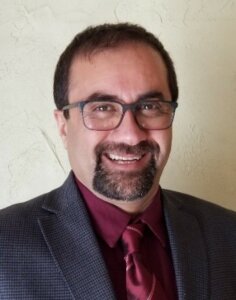

Moderators
- Payman Afshari, DePuy Synthes, Johnson and Johnson, Senior Principal Engineer
- Jeff Bodner, Medtronic, Distinguished Scientist and Technical Fellow


Panelist
- Daniel Flo, Stryker, Research and Development Manager
- Jan Hertwig, Simq GmbH, CEO
Presentation
Digital Evidence for the Digital Era—Opportunities and Challenges for In Silico Methods Across the Lifecycle of Medical Products
Description
Novel medical technologies are being introduced at unparalleled rates, demanding scientific evidence of their safety and efficacy at an unprecedented pace to ensure patient safety and benefit. With success in both in-vitro/in-vivo studies, products are tested on clinical trials assessing use in humans. Predicting low-frequency side effects has been difficult because such side effects may not become apparent until many patients adopt the treatment. When medical devices fail at later stages, financial losses can be catastrophic. Testing on many people is costly, lengthy, and sometimes implausible (e.g., paediatric patients, rare diseases, underrepresented ethnic groups).
Computational Medicine underpins in-silico trials, i.e., computer-based trials of medical products performed on populations of virtual patients. Computer models/ simulations are used to conceive, develop, and assess devices with the intended clinical outcome explicitly optimized from the outset (a-priori) instead of tested on humans (a-posteriori). This will include testing for potential risks to patients (side effects) and exhaustively exploring medical device failure modes before being tested in human clinical trials. In-silico evidence is still consolidating but is poised to transform how health and life sciences R&D and regulations are conducted. UK can take a leadership position in in-silico trials, which would cement its position as a global leader in health and life sciences, help drive the UK economy and provide UK citizens with early access to innovative health products.
In this talk, I will summarize progress made in this new paradigm among academia, industry, regulators, and policymakers, emphasizing the UK’s efforts to promote and adopt this paradigm shift through the InSilicoUK Pro-Innovation Regulations Network (www.insilicouk.org). A recent landscape report would be a helpful companion to this talk: Frangi, AF, et al. Unlocking the Power of Computational Modelling and Simulation Across the Product Lifecycle in Life Sciences: A UK Landscape Report. InSilicoUK Pro-Innovation Regulations Network, 2023.
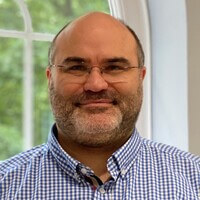
Speaker
- Alejandro Frangi, The University of Manchester, Bicentennial Turing & RAEng Chair in Computational Medicine, Schools of Engineering and Health Sciences
The National Academies of Sciences, Engineering, and Medicine Report on Foundational Research Gaps and Future Directions for Digital Twins
Description
Digital twins hold immense promise in accelerating scientific discovery and revolutionizing industries. This report of the Committee on Foundational Research Gaps and Future Directions for Digital Twins is the result of a study that addressed the following key topics: Definition of the use cases for digital twins; Foundational mathematical, statistical, and computational gaps for digital twins; Best practices for digital twin development and use; and Opportunities to advance the use and practice of digital twins. The report’s recommendations are particularly targeted towards what agencies and researchers can do to advance mathematical, statistical, and computational foundations of digital twins.
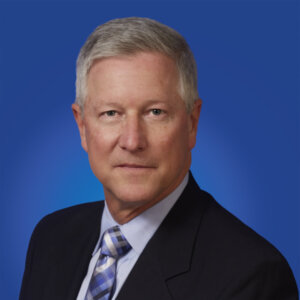
Panel Discussion: Towards Good Simulation Practices
Description
GxP documents are quality guidelines enforced across a variety of regulated industries including cosmetics, food, medical devices, and pharmaceuticals. Domains covered by GxP include laboratory studies (GLP), clinical trials (GCP), and manufacturing (GMP). To similarly standardize the use of CM&S, international efforts are underway to establish good simulation practices (GSP). In this expert-led panel, we will discuss the implementation and adoption of GSP. Our panel, comprising experts from international regulatory agencies, industry, and authors of the recent book “Towards Good Simulation Practices” by Nature-Springer, will share insights on how GSP will shape the use of CM&S for medical devices. This session will be invaluable for professionals aiming to leverage CM&S for streamlining medical device development and faster market entry.
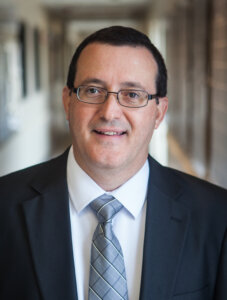
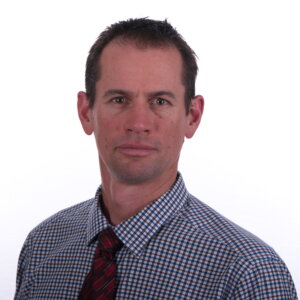


Panelist
- Noel Colon, NC MedTech Solutions, Founder and Consultant
- Ashley Peterson, Thornton Tomasetti, Vice President, Applied Science
- Tina Morrison, Office of Regulatory Science and Innovation, Office of the Chief Scientist, FDA, Director
- Emmanuelle Voisin, Voisin Consulting Life Sciences, Founder & CEO
Presentation
An End-to-End Example of the ASME V&V 40 Standard: Finite Element Analysis Credibility of Pedicle Screw Systems Under Compression-Bending
Finite element analysis (FEA) is widely used to understand the mechanical integrity and durability of orthopaedic implants. The ASME V&V 40 standard and supporting FDA guidance provide a framework for establishing model credibility. Examples of how to apply the principles outlined in the ASME V&V 40 standard are important to facilitating greater adoption by the medical device community. Therefore, we present an end-to-end (E2E) example of the ASME V&V 40 standard applied to an orthopaedic implant. The objective of this study was to illustrate how to establish the credibility of a computational model intended for use as part of regulatory evaluation. This study focused on whether a design change to a spinal pedicle screw construct would compromise the rod-screw construct mechanical performance. This E2E example provides a realistic scenario for the application of the ASME V&V 40 standard to orthopedic medical device applications.
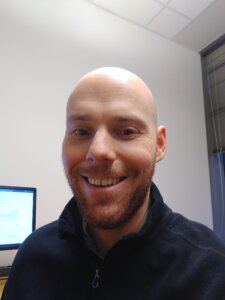
Speaker
- Andrew Baumann, FDA/CDRH/OSEL, Assistant Director, Division of Applied Mechanics
Presentation
Panel Discussion: International Regulatory Perspective on CM&S
Description
Come learn from a panel of international regulatory agency and industry experts about the uses of computational modeling and simulation (CM&S) data to help bring medical devices to market faster. CM&S has an established history of use in the orthopaedic and cardiovascular device space, but there are many more opportunities to utilize these methods for other device types. In this panel discussion we will discuss and explore the use of CM&S in regulatory submissions, including covering some common pitfalls to avoid when using this type of evidence.


Moderators
- Devashish Shrivastava, Cancer Diagnosis and Treatment Devices Team, Office of Surgical and Infection Control Devices, Office of Product Evaluation and Quality, CDRH, FDA, Biomedical Engineer
- Jeffrey Ballyns, BD, Director of Regulatory Strategy for Innovation
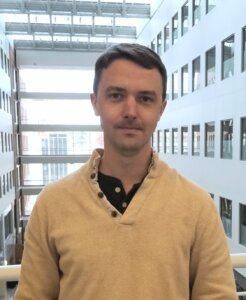
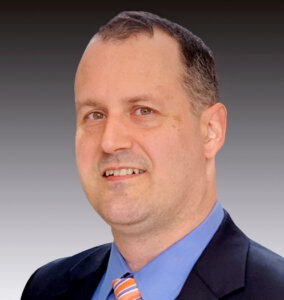
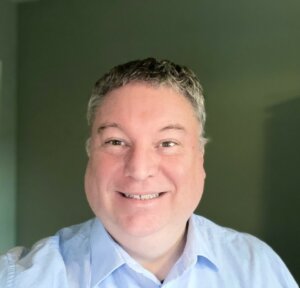

Panelist
- Joshua Balsam, Office of In Vitro Diagnostics, Office of Product Evaluation and Quality, CDRH, FDA, Branch Chief, Diabetes Diagnostic Devices Branch
- Alex Cadotte, MCRA, Vice President Digital Health, AI and Radiology
- Gavin Quigley, BSI
- Rene Bombien, TÜV SÜD Denmark Medical Health Services, Cardiac Surgeon and Chief Medical Officer
Workshop Review and Next Steps
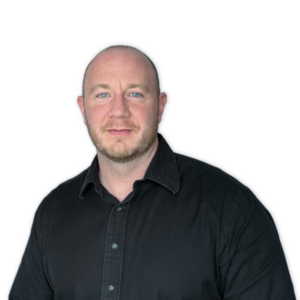

Speakers
- Brent Craven, CDRH, U.S. Food and Drug Administration, Senior Science Advisor of Computer Modeling & Simulation
- Christopher Basciano, BD, Senior Manager
Presentation

